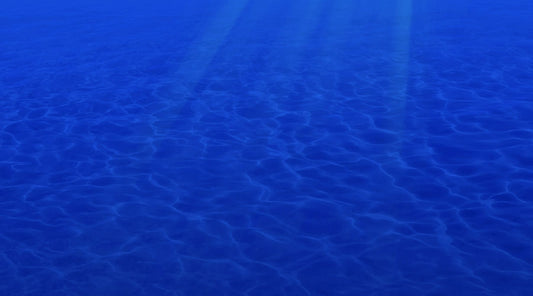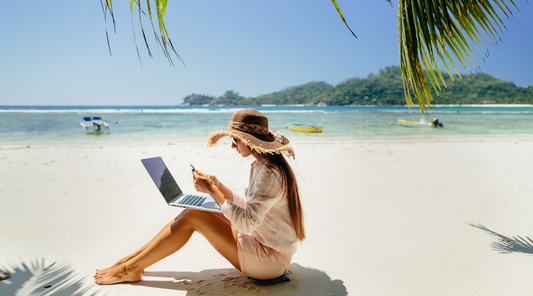Beach Joy Blog

Meet My Friend, Lilac House Design Studio
I’m so excited to introduce you to my friend Stacey, the owner of Lilac House Design Studio. She creates the most gorgeous handcrafted wreaths and faux floral designs that instantly...
Meet My Friend, Lilac House Design Studio
I’m so excited to introduce you to my friend Stacey, the owner of Lilac House Design Studio. She creates the most gorgeous handcrafted wreaths and faux floral designs that instantly...

Use This Beach Style, 30-Second Break to Relax,...
Life gets busy for all of us. It’s easy to forget to pause. Between the morning rush, to-do lists, and evening chaos, you might find your mind spinning at any...
Use This Beach Style, 30-Second Break to Relax,...
Life gets busy for all of us. It’s easy to forget to pause. Between the morning rush, to-do lists, and evening chaos, you might find your mind spinning at any...

Behind the Scenes: Prepping My Next Ocean-Inspi...
Something new is on the horizon—and I’m bringing you along for the ride. Right now, I’m in the prep stage: pulling together inspiration, sorting through colors, and imagining how it...
Behind the Scenes: Prepping My Next Ocean-Inspi...
Something new is on the horizon—and I’m bringing you along for the ride. Right now, I’m in the prep stage: pulling together inspiration, sorting through colors, and imagining how it...

48 Ideas: Best Gifts for Beach Lovers - Perfect...
Finding the perfect gifts for the beach lovers in your life doesn't have to feel like hard work. You might be shopping for a family member who's a total beach...
48 Ideas: Best Gifts for Beach Lovers - Perfect...
Finding the perfect gifts for the beach lovers in your life doesn't have to feel like hard work. You might be shopping for a family member who's a total beach...

69 Unique Ideas: Coastal Gifts for Writers 2025
Are you looking for the best gifts for your writer friend who loves the coast and the beach? There's something magical that happens when a writer finds themselves by the...
69 Unique Ideas: Coastal Gifts for Writers 2025
Are you looking for the best gifts for your writer friend who loves the coast and the beach? There's something magical that happens when a writer finds themselves by the...

Top 31 Gifts Pool Owners Will Love (& Actually ...
Shopping for your pool-loving friend or family member? Maybe gift shopping isn’t your thing. Or maybe you love picking out presents, but shopping for a pool lover? That can get...
Top 31 Gifts Pool Owners Will Love (& Actually ...
Shopping for your pool-loving friend or family member? Maybe gift shopping isn’t your thing. Or maybe you love picking out presents, but shopping for a pool lover? That can get...

Meet the Artist
Drawing inspiration from countless summers on the Gulf Coast and beaches from Maine to Southern California, Cherie creates coastal artwork and designs that capture the peace and joy of the ocean.
Cherie combines her digital art mastery with a deep understanding of what makes the beach so restorative—the way it strips away everyday stress and fills you with calm. Every piece is created with the intention to bring that same coastal serenity into your daily life, helping you take a relaxing mental stride on the beach wherever you are.
